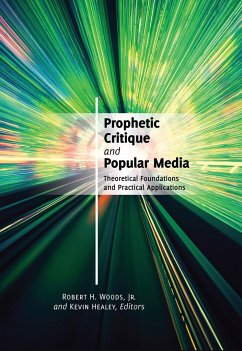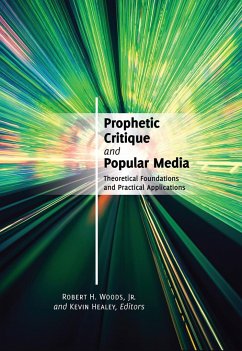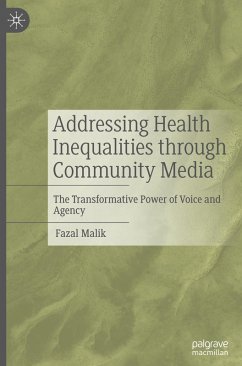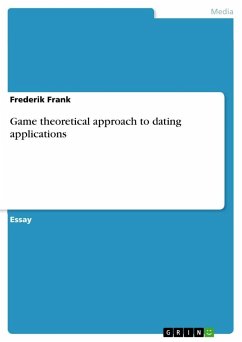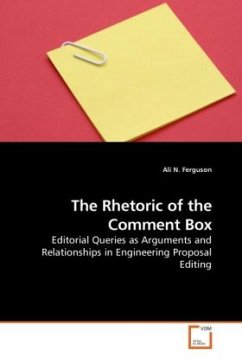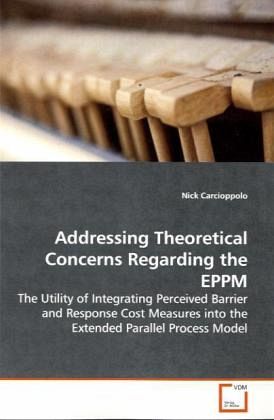
Addressing Theoretical Concerns Regarding the EPPM
The Utility of Integrating Perceived Barrier and Response Cost Measures into the Extended Parallel Process Model
Versandkostenfrei!
Versandfertig in 6-10 Tagen
32,99 €
inkl. MwSt.

PAYBACK Punkte
16 °P sammeln!
The Extended Parallel Process Model (EPPM) is a theory developed by communication scientists studyingfear appeals. The EPPM is widely utilized by healthcommunication, health psychology, and public healthscholars. It is a powerful model that is capable ofproviding insight on why individuals are likely toaccept or reject fear appeal messages. However,previous research has identified several theoreticalconcerns about the predictive power of the EPPM.Adopting the concerns expressed in previous studiesas a theoretical framework, two separate studies wereconducted to assess the validity of incorpora...
The Extended Parallel Process Model (EPPM) is a
theory developed by communication scientists studying
fear appeals. The EPPM is widely utilized by health
communication, health psychology, and public health
scholars. It is a powerful model that is capable of
providing insight on why individuals are likely to
accept or reject fear appeal messages. However,
previous research has identified several theoretical
concerns about the predictive power of the EPPM.
Adopting the concerns expressed in previous studies
as a theoretical framework, two separate studies were
conducted to assess the validity of incorporating
perceived barrier and response costs constructs to
the EPPM. Regression analyses from both studies
suggest that the predictive power of the EPPM will
not be improved by incorporating these additional
variables.
theory developed by communication scientists studying
fear appeals. The EPPM is widely utilized by health
communication, health psychology, and public health
scholars. It is a powerful model that is capable of
providing insight on why individuals are likely to
accept or reject fear appeal messages. However,
previous research has identified several theoretical
concerns about the predictive power of the EPPM.
Adopting the concerns expressed in previous studies
as a theoretical framework, two separate studies were
conducted to assess the validity of incorporating
perceived barrier and response costs constructs to
the EPPM. Regression analyses from both studies
suggest that the predictive power of the EPPM will
not be improved by incorporating these additional
variables.




